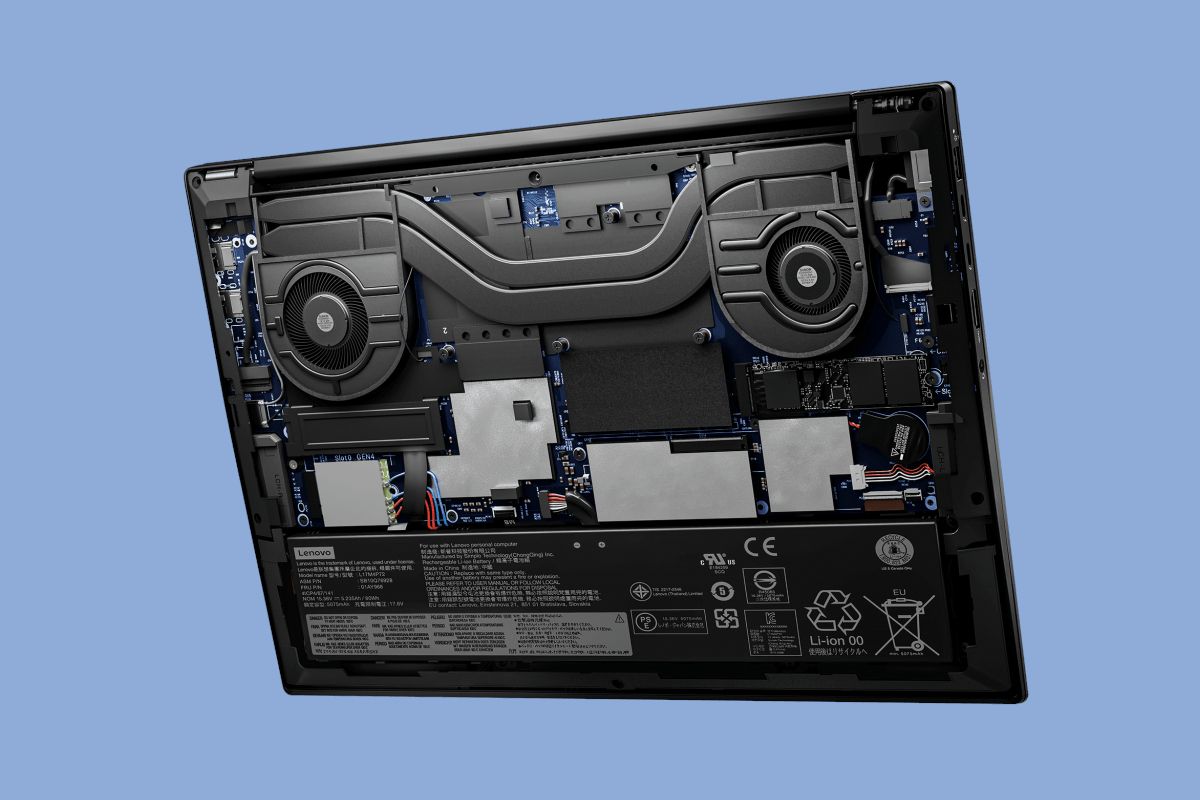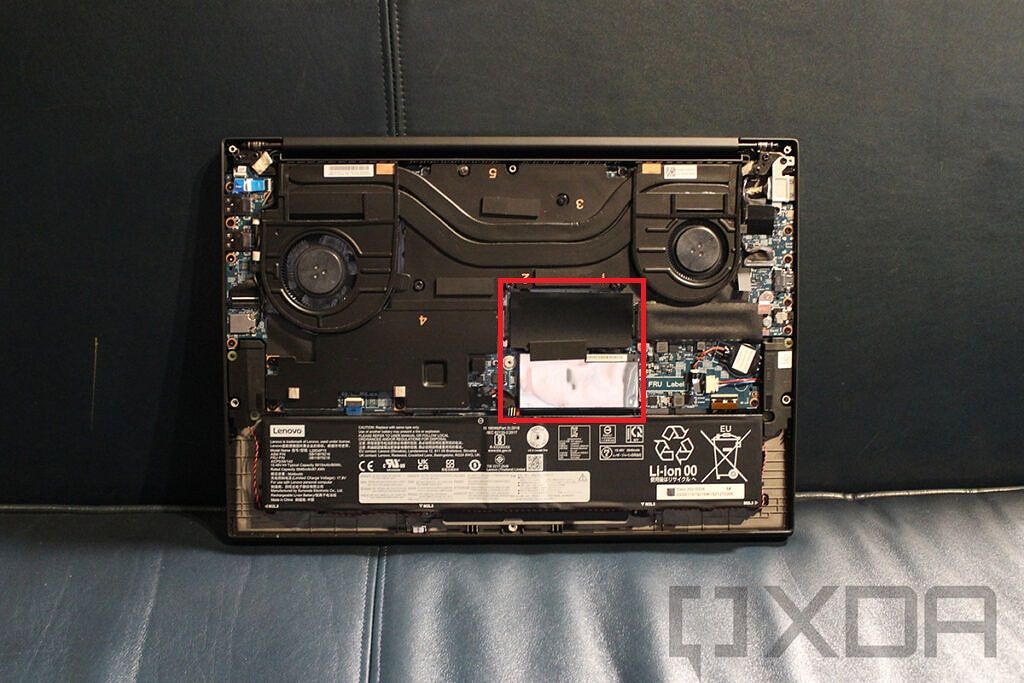The Lenovo ThinkPad X1 Extreme Gen 4 is probably the most powerful business laptop you can buy today. Lenovo took the business-style design and features of the ThinkPad laptops and packed beastly specs into it. It comes with up to an 11th-generation Intel Core i9 vPro processor and NVIDIA GeForce RTX 3080 graphics, which is fantastic for a 16 inch laptop under 18mm thin. Not only that, you can still configure it with up to 64GB of RAM and 4TB of SSD storage. But those SSD and RAM upgrades for the ThinkPad X1 Extreme can be quite pricey out of the box, so what if you want to upgrade them yourself later?
Thankfully you can, and in this guide, we're going to show you how. The Lenovo ThinkPad X1 Extreme Gen 4 has two memory slots and up to two SSD slots. Whether you get one or two SSD slots depends on the graphics card you choose. The second SSD slot is only available if you choose the NVIDIA GeForce RTX 3050 Ti or lower, since the other discrete GPUs require more cooling. Regardless, we're going to help you upgrade the RAM and SSD on your Lenovo ThinkPad X1 Extreme.
Preparing to work inside your laptop
As always, there are some precautions you need to take if you're planning to mess with the internals of your laptop (or other electronics, for that matter). First off, Lenovo recommends disabling the built-in battery, which you can do through the BIOS. First, disable Fast Startup in Windows by opening the Control Panel and choosing System & Security. From there, click Choose what the power buttons do (under Power options) and then Change settings that are currently unavailable. Then, disable fast startup.
Once that's done, you can restart the computer and quickly press F1 on the keyboard when you see the logo screen. This will open the BIOS settings. Go to Config, then Power and select Disable built-in battery. Confirm and the computer will shut down. Then unplug the charger and any peripherals from the laptop to avoid any electric charge running through the device.
You're also going to want to ground yourself by touching an unpainted metal surface before starting, and occasionally while working to avoid static discharges. Make sure you're not working on fabric or near pets that can build up more static charges, too.
In terms of tools, you’re going to need a Philips head screwdriver to open up the laptop and also to remove and install the SSD. You may want a spudger or a non-conductive prying tool to open up the base of the laptop.
Finally, you need the parts for the upgrades you're going to do. With RAM, it's recommended to get a stick that's the same speed as the one already in your laptop, and if you can, use both modules from the same brand. You can get a pair of Crucial Ballistix RAM sticks below, with capacities going up to 64GB -- the maximum the ThinkPad X1 supports. If you only need a single stick, there's another Crucial model that's sold individually.
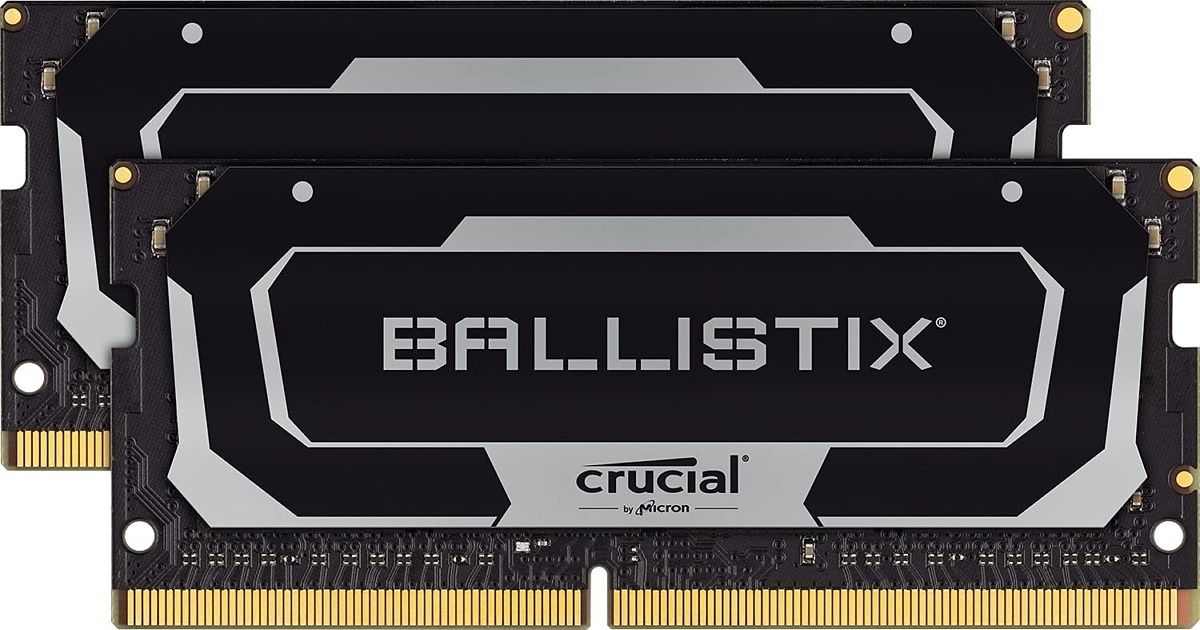
Crucial Ballistix 3200MHz RAM
This pair of Crucial Ballistix RAM sticks offers a great upgrade option for the ThinkPad X1 Extreme, with capacities up to 64GB.
As for the SSD, there are two things to consider. The Lenovo ThinkPad X1 Extreme has both PCIe Gen 4 and Gen 3 slots (or just Gen 4, if it only has one). To get the most speeds out of the Gen 4 slot, you can buy a more expensive PCIe Gen 4 SSD, but that won't get you any benefits if you install it on the Gen 3 slot. You can save some money by going with a PCIe Gen 3 SSD, which will work the same on either slot. If you want a PCIe Gen 3 SSD, the Samsung 970 EVO Plus is a solid option, while the 980 PRO is the way to go if you want a Gen 4 SSD.
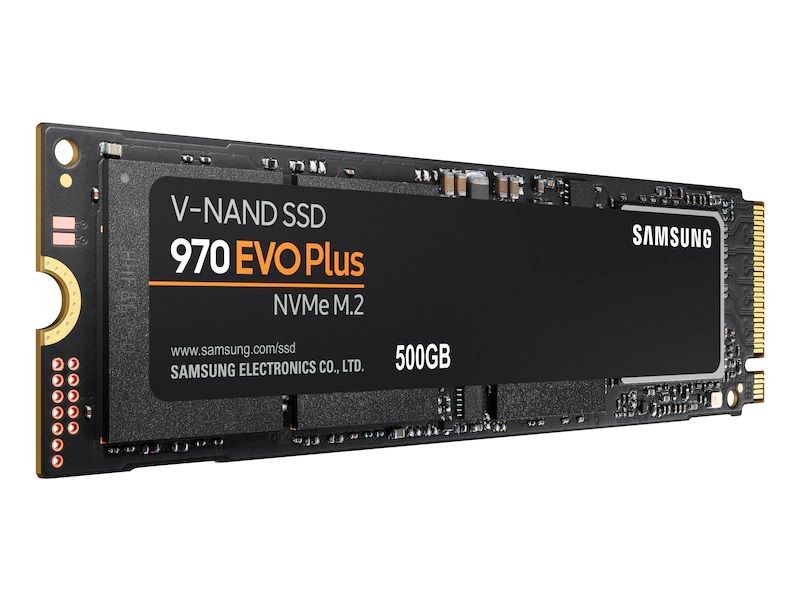
Samsung 970 EVO Plus SSD
The Samsung 970 EVO Plus is a fast PCIe Gen 3 SSD, promising speeds up to 3,500MB/s and coming in capacities up to 2TB.
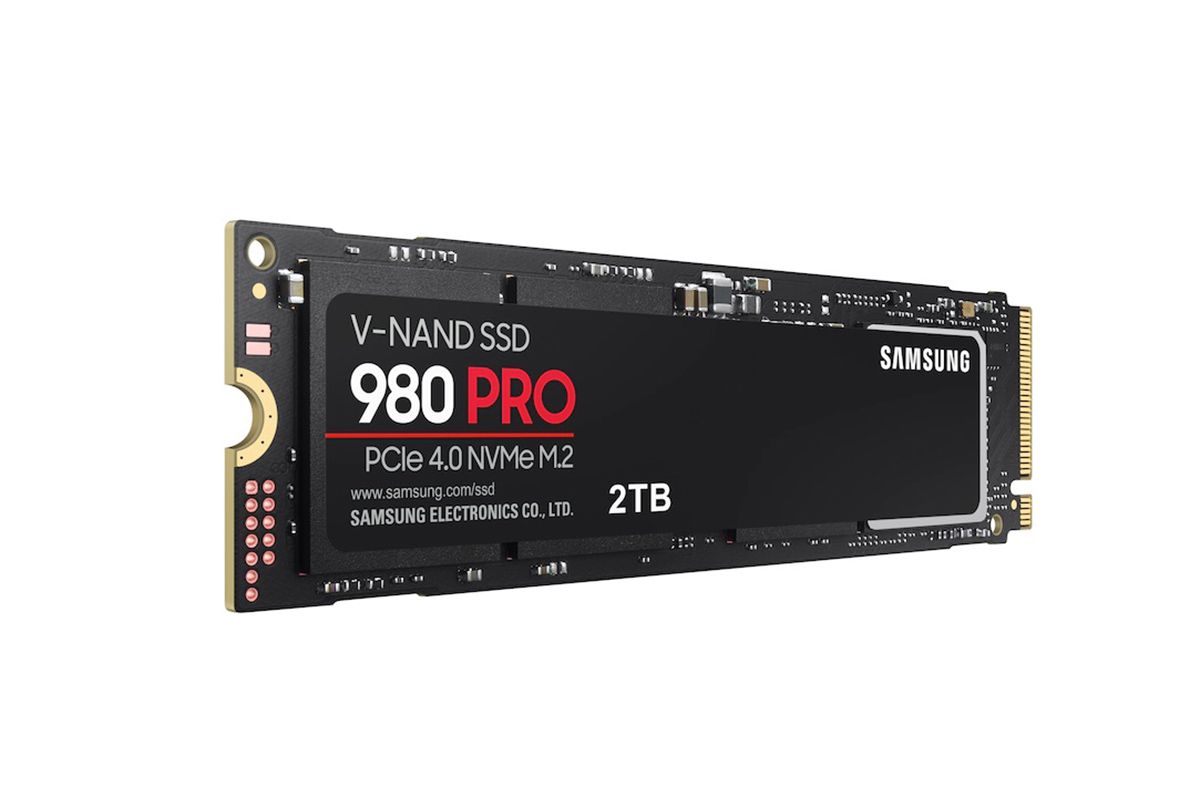
Samsung 980 Pro 1TB
The Samsung 980 PRO is an incredibly fast SSD capable of read speeds up to 7,000MB/s thanks to support for PCIe 4.0.
Upgrade the RAM on the Lenovo ThinkPad X1 Extreme
With all the preparations made, we're ready to upgrade the RAM and SSD on the ThinkPad X1 Extreme. We'll start with the RAM, and for the sake of clarity with the instructions, let's assume you're working with the hinge of the laptop facing away from you.
- With the lid closed, flip the laptop over and remove the eight screws holding the base cover in place.
- Lift the base cover from the finger and remove it. A spudger or prying tool may help with this.
- The SODIMM (RAM) slots are near the middle of the motherboard, between the battery and the cooling pipes.
- Lift the flap covering the slot you want to upgrade. To remove the RAM stick already installed, carefully pull apart the metal brackets on the side of the stick until it pops out. Then slide the RAM stick out.
- To install a new RAM stick, align the notch on the contact pins of the RAM stick with the tab on the SODIMM slot. Slide the RAM stick into the slot at a slight angle.
- Push down the RAM stick until it clicks into place, held by the metal brackets.
- Repeat the process for the other RAM stick if you have two.
You should now have some extra RAM in your laptop, and you have saved quite a bit by upgrading it yourself instead of paying for a higher tier upfront.
Upgrade the storage on the ThinkPad X1 Extreme
To upgrade the storage, there are slightly different steps depending on which SSD you want to upgrade. If your model has two SSD slots, one will be next to the RAM slots on the right, and the other will be on the opposite side of the laptop covered by a metal shield. This second one is actually considered the first SSD slot, and it's the one with PCIe Gen 4 speeds.
Before replacing an SSD, make sure you have backed up your data, or copied the entirety of your drive to the new one. Your SSD will contain the operating system, which you need to use the computer. To upgrade the SSD slot on the left side of the laptop, follow these steps:
- Remove the two screws holding the metal shield in place. Lift up the metal shield and set it aside.
- Remove the screw at the end of the SSD stick holding it down. The stick will pop up slightly.
- Carefully lift and slide the SSD out of the slot.
- Take your new SSD and aligns the notch on the contact pins with the tab on the SSD slot. Slide the SSD in.
- Tighten the screw to hold the SSD in place. Be careful not to overtighten to avoid damage to the SSD or the motherboard.
- Place the metal shield over the SSD again and align the screw holes with the ones on the motherboard. Tighten the screws without overtightening to prevent damage.
If you want to upgrade the SSD on the right side of the laptop, the process is a bit simpler. There's no metal shield, so you can ignore the steps related to that. Otherwise, the process is the same.
That's all you need to know about upgrading the RAM and storage on your Lenovo ThinkPad X1 Extreme. Once all the upgrades are done, be sure to re-enable the built-in battery so you can actually use the laptop when you unplug it. This kind of homemade upgrade can be a bit risky if you don't know what you're doing, but if you follow these steps carefully, you'll be just fine. You can save a lot of money by going this route instead of buying the maxed-out configurations from Lenovo right off the bat.
If you want to buy the Lenovo ThinkPad X1 Extreme, you can do so below. The laptop has plenty of configuration options available, including high-end Intel processors, NVIDIA graphics, RAM, and storage if you don't feel like upgrading later. You can also get this laptop with up to an Ultra HD+ display with HDR support, which is fantastic for tasks like video editing.
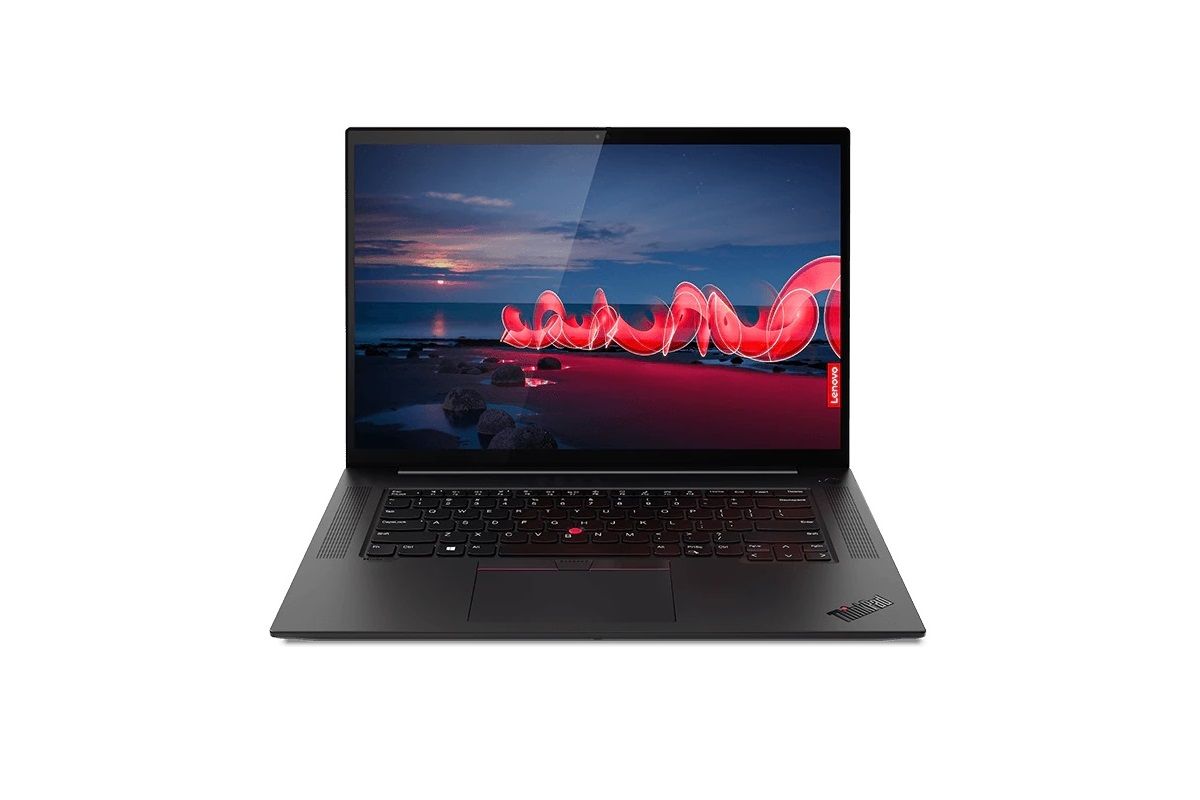
Lenovo ThinkPad X1 Extreme Gen 4
With up to an Intel Core i9 vPro CPU, GeForce RTX 3080 graphics, and tons of configuration options, the Lenovo Thinkpad X1 Extreme Gen 4 is one of the most powerful business laptops you can find anywhere.

